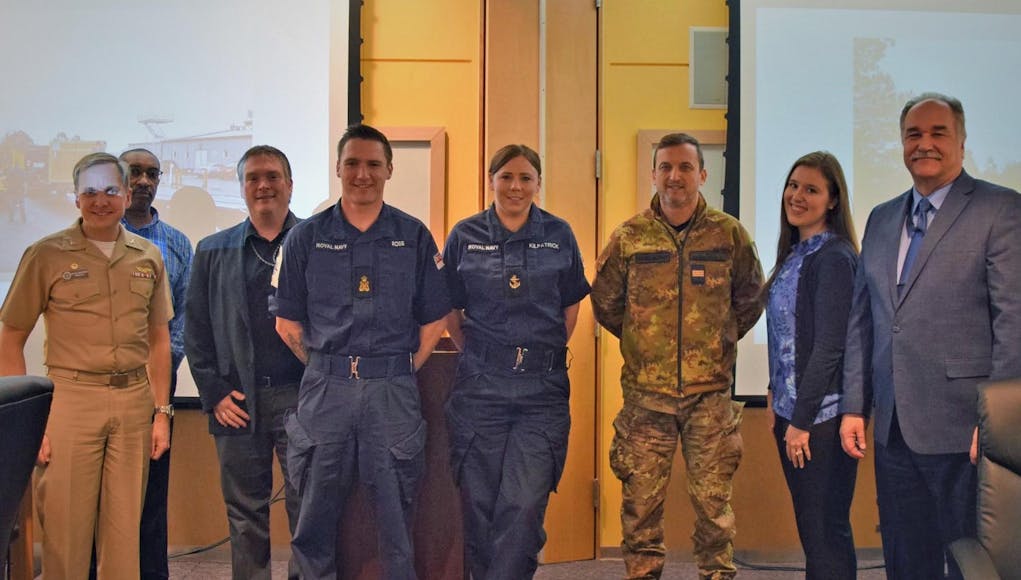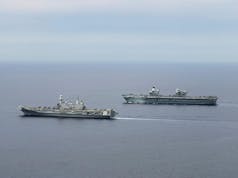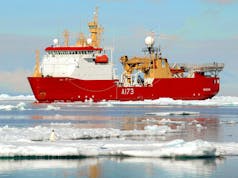Sailors from the UK and Italy both navies spent the last month learning how to maintain aircraft carrier Instrument Carrier Landing System (ICLS).
“The Air Traffic Control and Landing Systems team at NAWCAD WOLF [Naval Air Warfare Center Aircraft Division Webster Outlying Field] are the recognized worldwide experts in developing, installing and maintaining shipboard landing systems,” said Capt. Kevin Watkins, Naval Air Traffic Management Systems (PMA-213) programme manager in a release.
“These training classes allow us to pass that knowledge on to our international partners, strengthening our alliances and ensuring our warfighter and partner coalitions have the best capabilities in the world.”
Watkins joined the ‘NAWCAD WOLF’ leadership at the event to congratulate the group completing the three-week AN/SPN-41B technician training class: two Royal Navy sailors and one Italian navy warrant officer graduated.
Following the graduation, Royal Navy Petty Officer Pete Ross, an aviation facilities maintainer responsible for landing aids such as the AN/SPN-41B, said thanks to the course and his instructor, Bill Brooks, he’s now more than confident to carry out his duties on the ship.
“I haven’t seen the system before so this is all new to me, but I’m quite confident I’ll be able to maintain the system,” he said. “So it shows that the training that’s being delivered here is appropriate.”
The AN/SPN-41B is one of two shipboard instrument landing systems compatible with the F-35B; JPALS is the other, but is not currently installed on any British or Italian ships. These precision electronic approach and landing aids help pilots safely land by displaying the glide path and centerline information to the pilot while approaching the carrier.
The UK’s two Queen Elizabeth class carriers and the Italian carrier ITS Cavour are designed for F-35B operations and are equipped with the AN/SPN-41B. However, ICLS technician training is not yet available to foreign nationals at the U.S. Navy’s ‘A’ School. To address the need, the programme office and NAWCAD WOLF say they collaborated to develop a customised curriculum in 2016 comprising classroom and hands-on training on how to service and maintain the system. The first two groups to complete the course were Royal Navy sailors assigned to UK’s first-in-class HMS Queen Elizabeth in 2017.
“The UK specifically has different options on their SPN-41B than what we have, so their training needs are different from what our Sailors receive at Navy “A” School,” said Barrett Straub, Air Traffic Control systems engineering branch head at NAWCAD WOLF.














We british were the ones who invented a landIng system! Why don’t we invest in our industry like we used to!
Because for 2 systems its not worth it. The US has spent a lot of money on the JPALS system as they have c 20 ships that will use it. Far better use of UK resources is to concentrate on UK specific systems and buy in where necessary. It also means that US, UK and other partner nations use a standardised system.
Well said